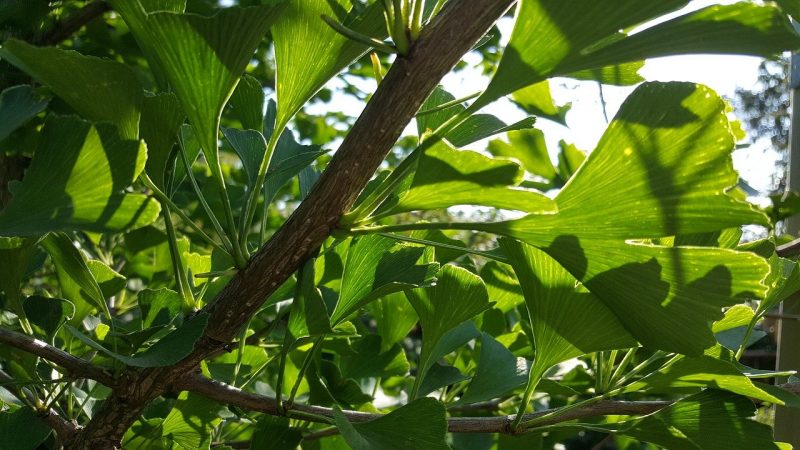Those who are curious about how does temperature affect plant growth can list four areas where temperature plays a significant role. Remember that as a grower, you must learn the various factors affecting your plants. Perhaps this is one of the benefits of growing plants in the greenhouse because you can control the temperature indoors; therefore, you can avoid drawbacks in plant growth.
According to a 2015 study, the temperature is even the primary factor that affects plant development. With this in mind, you must understand the four areas below and adjust according to your plants’ needs and requirements when growing them. You will only make the most out of your plants if you can support their needs for growth.

How Temperature Affects Plant Growth
Factor #1. Processes
The most straightforward answer to why temperature influences plant growth is because of how it plays a role in a plant’s important processes. These processes include photosynthesis, transpiration, and respiration, to name a few. Therefore, one can assume that a drawback to any of these processes will inevitably cause plant growth issues.
To give you a quick explanation, increasing temperature will also improve such processes and vice versa. The temperature significantly affects the speed of a plant’s change from the vegetative to the reproductive stage since it influences the three processes mentioned. You can also make this connection in growing plants effectively by manipulating the temperatures day and night according to your plant’s specific needs.
Keep in mind that photosynthesis should be greater than respiration if you want to achieve optimal plant growth. Therefore, you don’t want to slow down this process due to very low temperatures or influence the plant to use photosynthates faster than production because of high temperatures. Overall, balance is crucial, in addition to the specific temperature requirements of your plants.
Factor #2. Development
If you are familiar with propagating and starting plants yourself, you must also be aware of the importance of temperature to guarantee success. This includes ensuring an environment that’s warm and humid enough to encourage cuttings to root or divisions to establish themselves. However, the temperature is especially crucial for seeds.
Depending on the plant you’re growing, you will need to place the seeds in an area to help them sprout. This is why it’s common to start seeds in the greenhouse and then transplant the seedlings in spring. Classify your crops and plants’ ideal conditions and provide the temperature that they’ll require to germinate.
Factor #3. Blooming
Temperature does not only affects plant growth in the vegetative phase. This factor is also influential to the blooming period of plants. And if you have issues in this phase, your plants will not thrive and have no chance to form new developments to rejuvenate themselves.
With this in mind, it’s only right for gardeners also to use the greenhouse to manipulate their plants’ flowering. If your region does not provide the ideal temperature for blooming, you can adjust the conditions indoors. The combination of light and temperature will encourage the formation of flowers according to your desired season for optimal productivity.
However, it’s best to emphasize that you must know your plants’ specific preferred blooming temperatures. For example, some warm-season crops require warm temperatures to flower and set fruit. Therefore, cool-season crops require high temperatures to flower.
Factor #4. Yield
Finally, temperature affects the crop quality and yield of your plants. Remember that you want to grow good-quality crops that will make you stand out from the market. Consequently, it would help if you grew them in ideal temperatures to avoid physical quality or taste problems that are evident in squash and lettuce, to name a few.
Stunted growth will affect the quality of your crops. Therefore, the production of fruits of your plants is also something to keep in mind when learning the importance of plant growth due to the temperature. You can increase sugar storage by using low temperatures for lower energy use or be mindful of high temperature, which often results in a bitter taste in some crops.
If you still can’t find how the yield is a factor for temperature’s effects towards plant growth, take wheat crops, for example. This crop will produce fewer shoots if the temperature is too high; therefore, you will experience reduced root growth as well. Your plants will be underwhelming in productivity or yield due to the problems in development and vice versa.
Conclusion
When maintaining your own garden, you must know the factors that affect plant development. If you’re particularly curious about how temperature affects plant growth, you are looking at four areas. They are processes, development, blooming, and yield.
One can simplify that temperature influences the speed of essential plant processes such as photosynthesis, affecting plant growth. Every plant also has ideal conditions and requirements for rooting and germination, which is why it’s advantageous to grow them in the greenhouse, where you can control temperature and other conditions. The temperature even helps the plant develop from the vegetative to the blooming phase to ensure better regrowth and rejuvenation.
Lastly, you must keep the temperature in mind if you want to produce quality plants. Understanding these four factors gives you the idea of why you must never overlook keeping the temperature under control.
